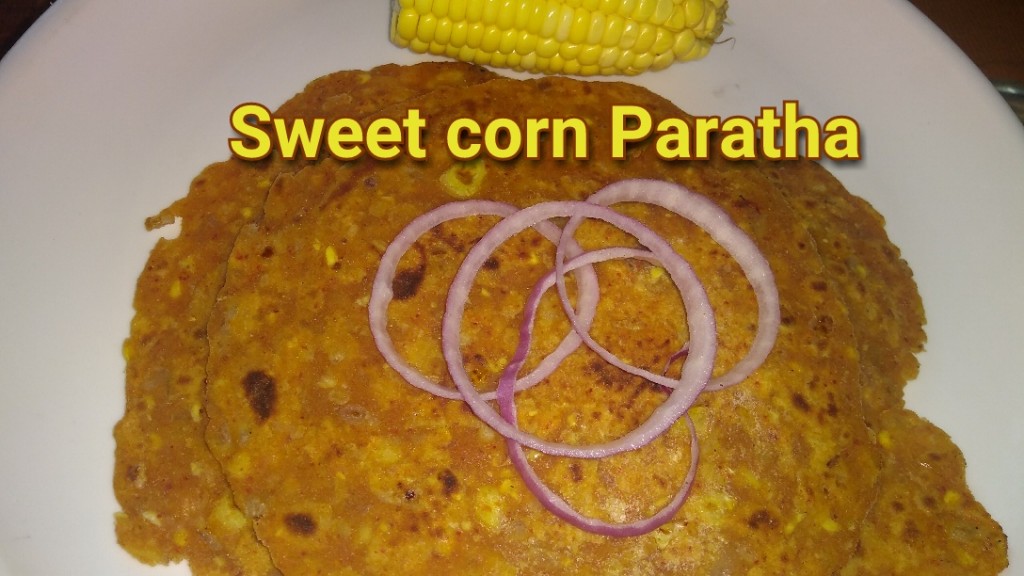
Sweet corn paratha tried out the first time and came out very well. The taste of the paratha was good and very tasty. I prepared this recipe using sweet corn and onion as the main ingredient and I have not used water to knead the chapati dough the water content in the sweet corn and onion is enough to knead the dough.

Share my recipe [ess_post]
Some myths about sweet corn
Myth #1: Most sweet corn is genetically modified.
Truth: A lot of people mix up “sweet corn,” the vegetable you buy to eat, and “field corn”—the virtually inedible commodity crop used to make everything from livestock feed to ethanol to high-fructose corn syrup. While most field corn is genetically modified, most sweet corn is not. Last year only 3 to 4% of the sweet corn grown in the U.S. was GMO. Food-giant Monsanto hopes to change all that this summer, however. For the first time, farmers are planting Monsanto’s newly approved, genetically modified Performance sweet-corn seeds. A representative from the company wouldn’t divulge how much will be planted this year. One way to try to tell whether the sweet corn you’re holding is GMO is to ask the farmers you buy from if they plant GMO corn. (Syngenta’s Attribute and Monsanto’s Performance are the two varieties sold in North America.) Another way: choose USDA organic corn. GMO crops are forbidden under organic standards.
Myth #2: Corn is fattening and sugary.
Truth: An ear of corn has about the same number of calories as an apple and less than one-fourth the sugar. In other words, it can be one of the healthier foods at the cookout! Just remember: while sweet corn is healthy, some of the toppings people like to put on it aren’t. So don’t assume an ear of corn slathered in butter and doused in salt is still a healthy option.
Truth: Antioxidant activity, which helps protect the body from cancer and heart disease, is actually increased when corn is cooked.
Truth: Sweet corn is loaded with lutein and zeaxanthin, two phytochemicals that promote healthy vision. A midsize ear also offers a helpful 3-gram dose of dietary fiber.
Truth: Although corn lovers often profess to have favorite varieties, farmer Kevin Smith, interviewed by Estabrook for the story, says variety is far less important than freshness. “Any corn can be ruined if it’s old,” he says. Nor is color a key to quality. Yellow, white, bi-color—it doesn’t really matter. Preferences vary from region to region. Avoid corn with dry, pale husks and silks that are desiccated where they enter the cob. If pricked, kernels should squirt whitish juice. As for choosing the best-tasting corn, abide by Smith’s “one-day rule.” Don’t buy a cob that’s more than 24 hours out of the field.

Sweet corn paratha
Ingredients
- 1 Cup Sweet corn Approximately 1/2
- 2 Cups Wheat flour
- 2 Tsp Chilly Powder / மிளகாய் தூள்
- 1 Tsp Salt
- 2 Roughly chopped onion
Instructions
- Remove sweet corn pearls of 1/2 a maize
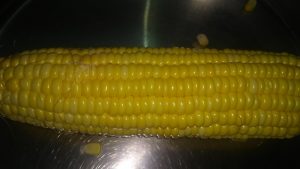
- Approximately 1 cup
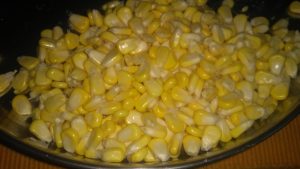
- Chop 2 onions
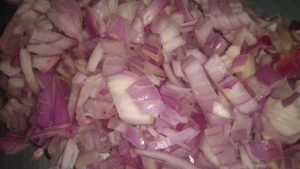
- Add sweet corn pearls to a mixie jar
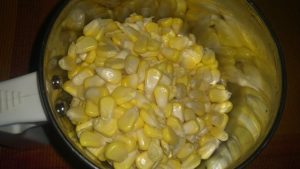
- Add roughly chopped onion
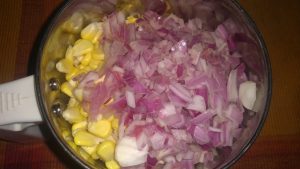
- Grind coarsely
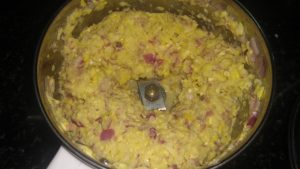
- Add to a bowl
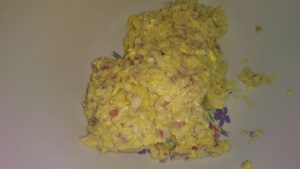
- Add 1 tsp salt or as required
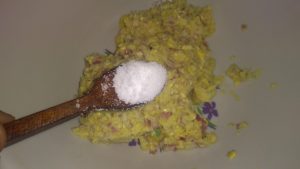
- Add 2 cups wheat flour
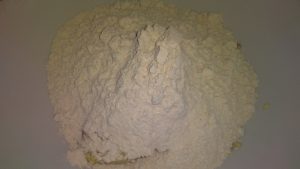
- Add 2 tsp chilly powder
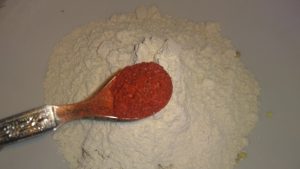
- Mix everything well by hands
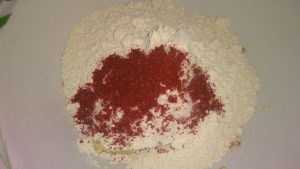
- You do not need water to knead the dough as the water content in sweet corn and onion is enough. If you need just knead well for 5-10 mins check and add water little by little.
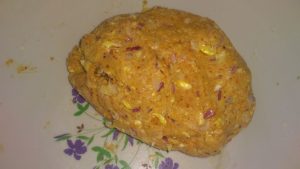
- Rest for 1/2 an hour. Take a small ball sized dough and flatten as chapati.
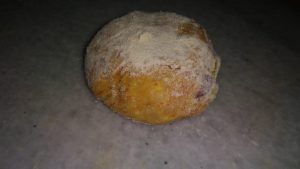
- Make thin as possible.

- Cook in tawa. Apply oil on both sides. Cook in medium flame
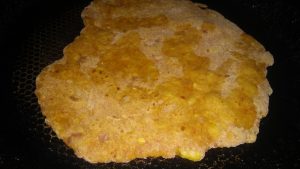
- Sweet corn Paratha is ready to serve with onion raita.


Leave a Reply
You must be logged in to post a comment.